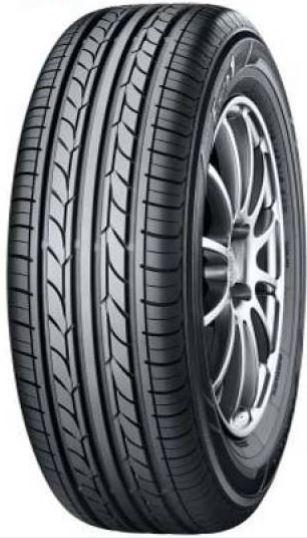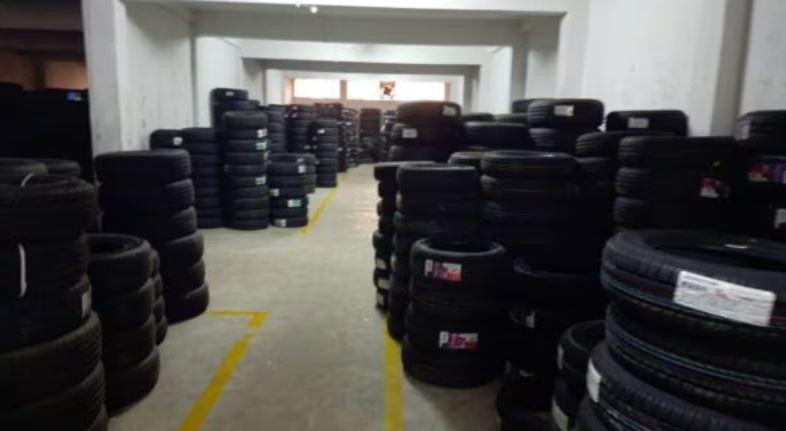

Advantages and Disadvantages of Radial Tires Learn the difference between radial tires and bias ply tires, and the pros and cons of each type. Radial Tire There are two classifications of tires: radial tires and bias ply tires. The classifications are based on a tire's construction and its features. A radial tire features transverse radial plies that run perpendicular to the direction of travel. This assures less heat buildup and a softer ride. Moreover, radial tires are manufactured with the plies laid radially which results in a more flexible tire wall. Bias ply tires are manufactured with the plies laid out diagonally, which causes the walls to not be as flexible. Other elements of a radial tire along with each of their safety features include: A tread that protects the interior and assures high grip to the road. It is constructed to provide longer life as well as better maneuverability and durability. Steel belts that give stiffness to the tread. A spiral layer for higher durability and maneuverability. A thick shoulder that offers protection for the interior from shocks and damage. A flexible sidewall that protects the interior and offers a comfortable ride. A ply cord, which is the main body of the tire. It holds the inflation pressure and withstands load and road shocks. A bead filler which provides more durability and maneuverability. Bead wires which hold the tire to the rim. A chafer that protects the plycord from heat generated by the rubbing of the bead and rim flange. Radial Tire Advantages The advantages of radial tires over bias ply tires include: Flexible sidewalls. Reduced fuel consumption due to less rolling resistance. A softer ride because of the layout of the tire's plies and because of the flex of the sidewalls, assuring more stable contact with the road service and a softer ride. Less vibration. Extended tire life due to less heat generated by the tire.
Subscribe for latest offers & updates
We hate spam too.


